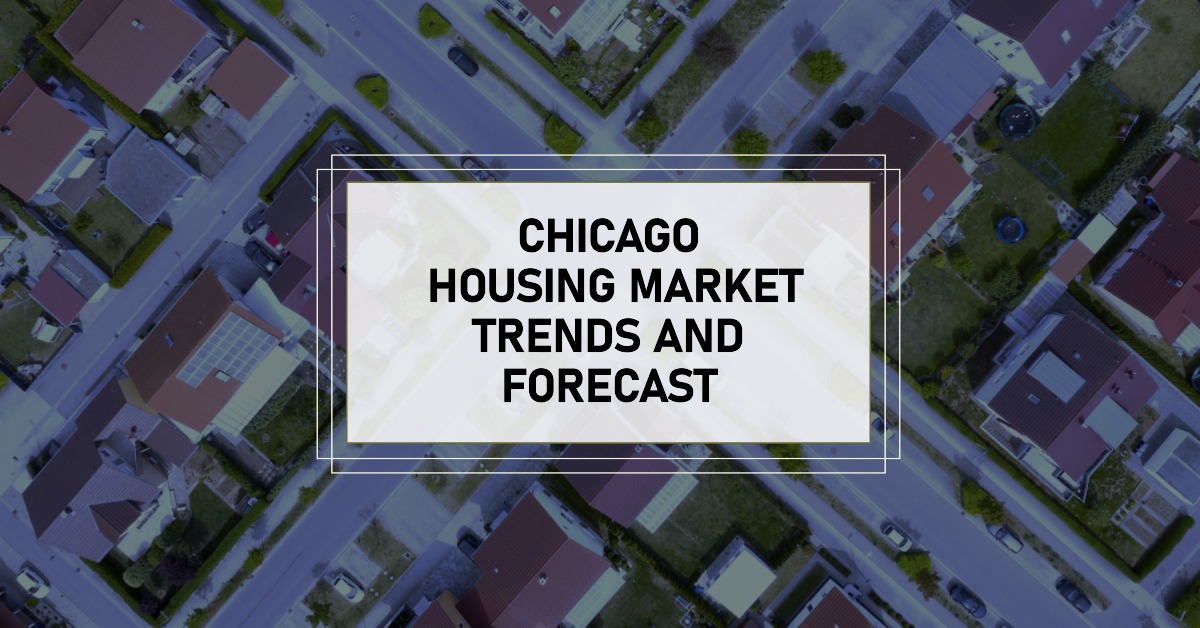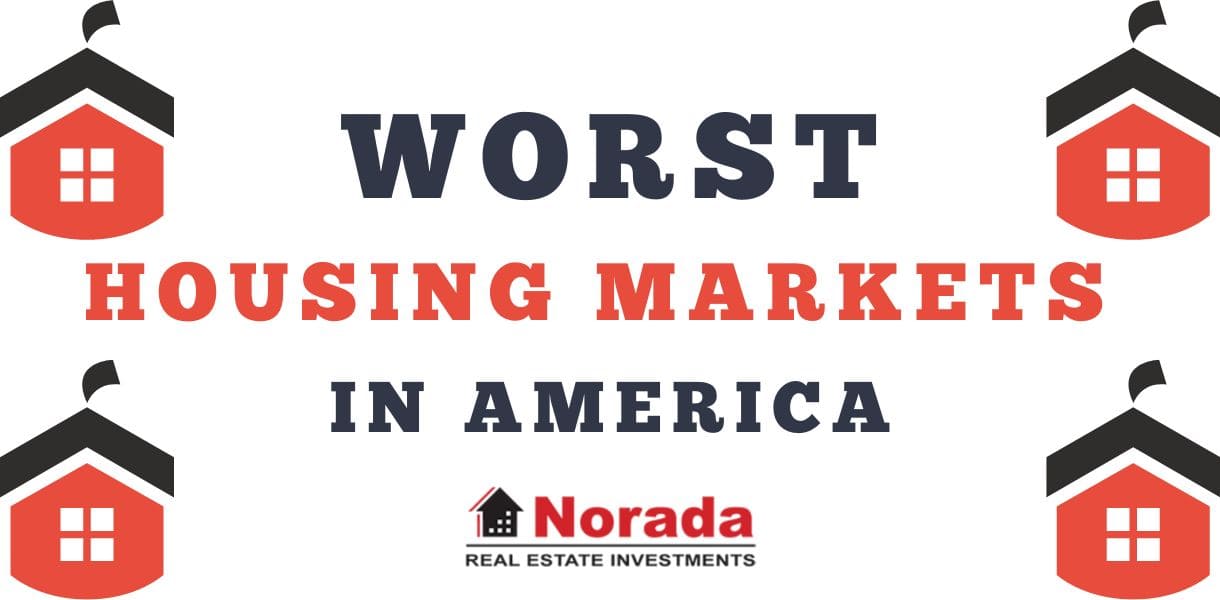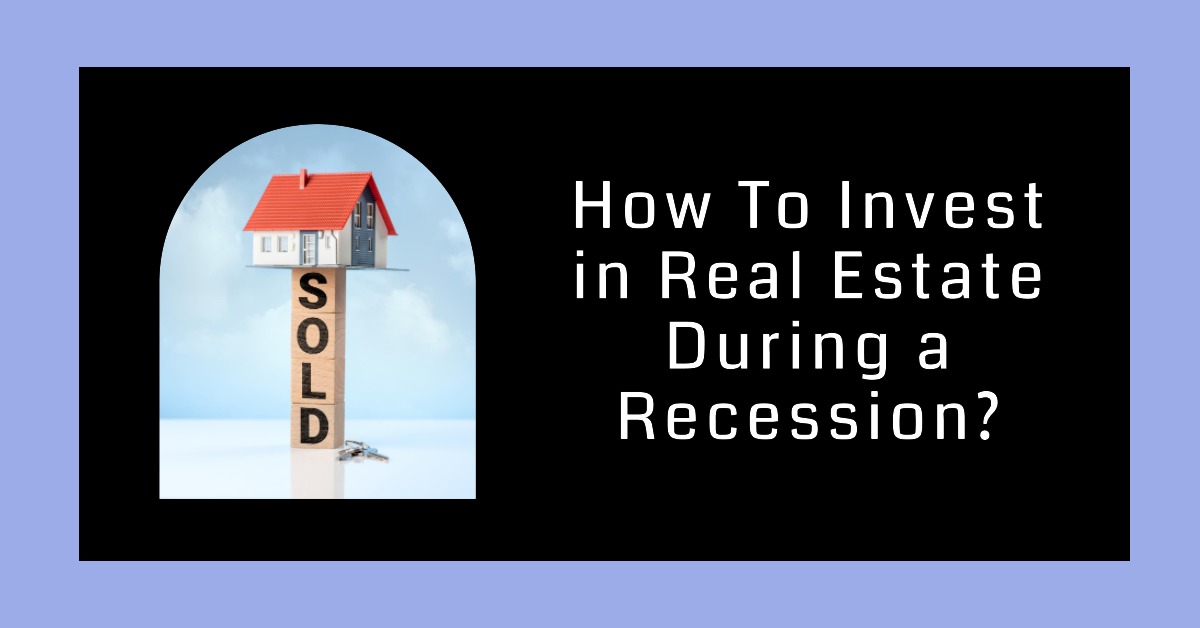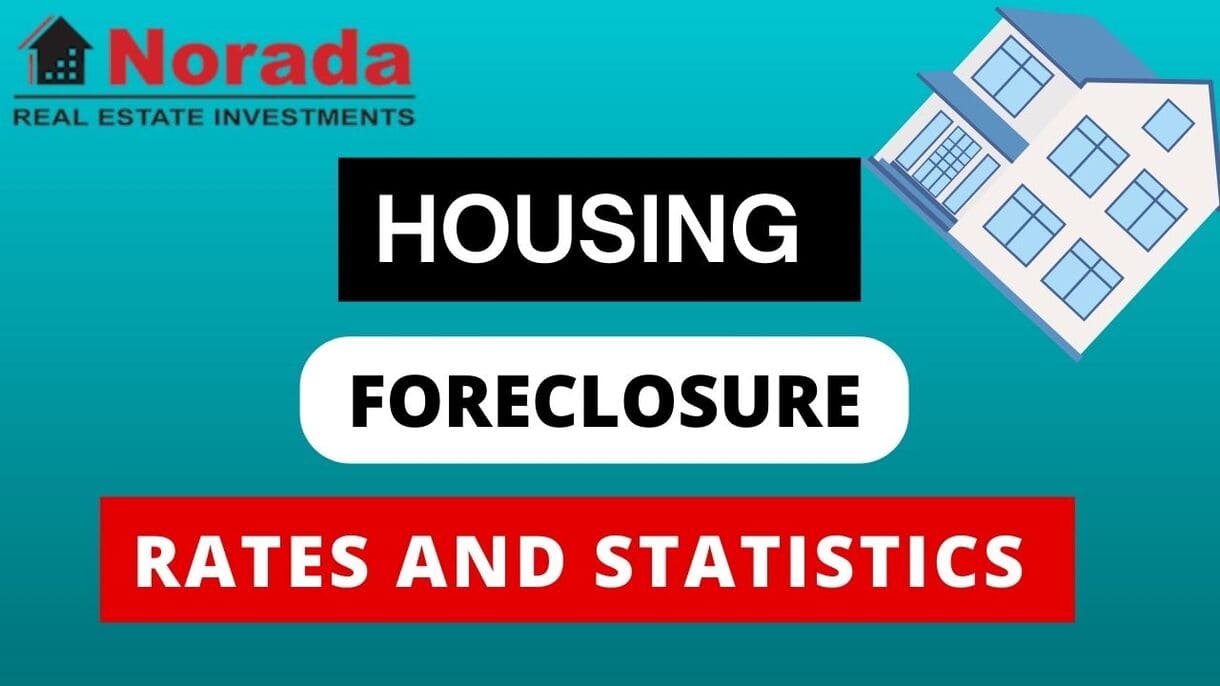Are you thinking about buying or selling a home in Chicago? It's a big decision, and understanding the current Chicago housing market trends is key. The market is showing some interesting shifts, with both good news and challenges. To put it simply, as of November 2024, we're seeing increased home sales and rising median prices in Chicago, though the number of available homes is decreasing, creating a potentially competitive environment. Let's dive deeper and break it down.
Current Chicago Housing Market Trends: What You Need to Know
Home Sales
Let’s talk about how many homes are actually selling. In November 2024, the number of homes sold in the Chicago Metro Area rose by 2.9% compared to November 2023. That means more people were able to close deals and move into new places. Specifically, 6,548 homes were sold in the metro area.
When you look specifically at the city of Chicago, there was a 3.7% increase in home sales with 1,481 sales in November 2024, compared to 1,428 the same time last year. This tells me that even with some uncertainty in the market, people are still actively purchasing homes in Chicago. It makes me wonder if this demand is going to sustain.
- Chicago Metro Area: 2.9% increase in home sales year-over-year (Illinois REALTORS®).
- City of Chicago: 3.7% increase in home sales year-over-year
- Illinois State: 2.8% increase in home sales year-over-year
Home Prices
Now let's talk about what's really on everyone's mind: home prices. In November 2024, the median price of a home in the Chicago Metro Area was $347,500, a solid 7.8% increase compared to November 2023. The city of Chicago saw an even bigger jump, with the median price hitting $365,000, an impressive 13% increase! This significant jump indicates that properties are not just selling, but they're selling for more. As someone who watches this market, this sharp rise is something I'm keeping a close eye on.
- Chicago Metro Area Median Home Price: $347,500, a 7.8% increase year-over-year
- City of Chicago Median Home Price: $365,000, a 13% increase year-over-year
- Illinois State Median Home Price: $285,000, a 7.5% increase year-over-year
Housing Supply
While sales and prices are going up, the housing supply is a different story. In the Chicago Metro Area, there were 13,577 homes for sale in November 2024, a slight 1.0% decrease from the previous year. The city of Chicago saw a more significant drop with 4,557 homes on the market, a 12.3% decrease. This tells me that there are fewer options for buyers than there were just a year ago. As a result, buyers might need to move quickly and be ready to compete for the properties that are available. This definitely puts more pressure on prospective homeowners.
- Chicago Metro Area Housing Supply: 1.0% decrease year-over-year
- City of Chicago Housing Supply: 12.3% decrease year-over-year
- Illinois State Housing Supply: 2.3% increase year-over-year
Market Trends
The trends we're seeing in the Chicago housing market point to a few key things. First, it's a market that’s experiencing growth. The number of sales and the increasing median prices across the Chicago area make it clear that demand is not waning and the market is resilient despite higher rates. Second, the decreased housing inventory is creating more competition amongst buyers. As a long time observer of Chicago’s real estate scene, I feel that this tight supply is likely contributing to those rising prices. Lastly, as a whole, Illinois seems to be a strong market as data indicates increased sales, prices, and supply.
Is Chicago a Buyer's or Seller's Housing Market?
So, is it a good time to buy or sell in Chicago? With the current data, it looks like the market is leaning more toward a seller's market. The combination of fewer homes available and rising prices often means that sellers have the upper hand. Buyers might find themselves in a position where they need to offer competitive bids and be ready to act quickly to secure a home they like. However, it's not a cut and dry situation. Interest rates still play a huge factor, as the monthly average commitment rate for a 30-year, fixed-rate mortgage was 6.81 percent in November 2024. While this has gone down from last year, it was up slightly from the previous month.
Are Home Prices Dropping?
The short answer? No, not currently. The data from November 2024 shows quite the opposite. We've seen increases in both median prices across the city and the metro area. Experts like Geoff Smith at DePaul University are also anticipating a continued rise with prices of single-family homes expected to increase by almost 10% through February 2025 compared to last year. So, while nothing is set in stone, all the current signs point to rising, not dropping, home prices in Chicago.
Key Data Points
Here is a summary of the key data points for easy reference:
| Category | Chicago Metro Area | City of Chicago | Illinois State |
|---|---|---|---|
| Home Sales | +2.9% | +3.7% | +2.8% |
| Median Price | $347,500 (+7.8%) | $365,000 (+13%) | $285,000 (+7.5%) |
| Homes Available | -1.0% | -12.3% | +2.3% |
My Thoughts and Recommendations
I've been following the Chicago housing market for a while now, and it’s clear that it’s dynamic. Here are a few thoughts based on my own observations:
- For Buyers: It’s more important than ever to be prepared. Get pre-approved for a mortgage, work with an experienced realtor, and know what you want. Be ready to act fast and perhaps be willing to compromise, given the competitive environment. Don't get discouraged by high prices, they have been going up consistently, but you can always find the right place, and this market is a good long term investment.
- For Sellers: This is a good opportunity to sell if you are considering it. Make sure your property is in top condition, and price it right. Don’t get too aggressive, but be realistic with the demand of the current market. This current data points toward favorable market conditions. The right approach will help you sell your property quickly and at a good price.
- General Advice: Stay informed about the trends in the market. Work with professionals you trust and who understand this market to navigate it. Remember, real estate decisions should always be based on your personal circumstances and long-term goals.
The current Chicago housing market is seeing increased sales, rising prices, and decreasing inventory. This has created a market that currently favors sellers. While some experts are predicting further price growth, things can change rapidly. As an individual who spends a lot of time studying these trends, I believe that both buyers and sellers should enter this market with a solid understanding of the trends that we are currently experiencing, as it will help you to make the best informed decision for you.
Chicago Housing Market Forecast 2025-2026
Curious about what's happening in the Chicago housing market, right? Well, here's the scoop: While we're seeing some seasonal slowdown, prices are expected to remain higher than last year in the city and surrounding areas. Let’s dive in and unpack what that means for you whether you are a prospective buyer or seller in the Windy City.
I've been following real estate trends for a while now, and it's always interesting to see how different factors shape the market. Recently, a report by the Institute for Housing Studies (IHS) at DePaul University, with insights from Stuart Handler at the University of Illinois Chicago, has shed some light on what we can expect for the next few months. Let's break it all down, shall we?
Overall Illinois Market Trends
First, let's take a look at the bigger picture for the whole state of Illinois. In November 2024, the report shows that there were 9,950 total closed sales of single-family homes, townhomes, and condos. That's a 2.7% increase in sales compared to November 2023. Now, that sounds like good news for sellers. The median sales price for single-family homes in Illinois saw an impressive rise of 7.5% year-over-year, meaning prices are definitely going up. However, the time these homes were staying on the market has increased by 4.2%, suggesting that buyers might have more time to consider their options compared to last year.
- Closed Sales: 9,950 in November 2024
- Price Increase: 7.5% year-over-year
- Days on Market: Increased by 4.2%
Even with this good news, the report also mentions that affordability for homebuyers has slightly decreased compared to the previous year. It is a balancing act between prices going up and buyers being able to afford those prices.
Three-Month Outlook for Illinois
Looking ahead, the IHS forecasts a 29.4% decline in closed sales from November 2024 to February 2025, primarily due to seasonal trends. Sales from December through February are estimated to be down by a small 0.6% compared to the same period last year. Prices, after a slight dip in December, are predicted to stay flat through February 2025, but that is still almost a 10 percent increase compared to February 2024.
- Sales Decline: 29.4% expected from November 2024 to February 2025
- Price Change: Roughly flat between November 2024 and February 2025
- Year-over-year Price Increase: Nearly 10% expected between February 2024 and 2025
Chicago Metro Area: What's Happening
Moving into the Chicago Metropolitan area, we find a similar story. In November, there were 6,548 closed sales, which is up 2.5% compared to November 2023. The prices increased by 7.6% in the same period. I see that the inventory of homes for sale also declined by 3.2%. So, that means homes are selling fast, and the competition among buyers seems to be increasing.
- Closed Sales: 6,548 in November 2024
- Price Increase: 7.6% year-over-year
- Inventory: Down by 3.2%
The three-month forecast shows a 30% drop in sales, once again due to seasonal changes, with total sales over the next 3 months similar to last year. However, the prices are expected to remain stable between November 2024 and February 2025, with an increase of 8% compared to February 2024.
- Sales Decline: 30% between November 2024 and February 2025.
- Price Change: Roughly flat between November 2024 and February 2025
- Year-over-year Price Increase: Over 8% between February 2024 and 2025
The City of Chicago: A Closer Look
Now, let's narrow our focus to the City of Chicago itself. The single-family home market has seen a rise in sales at a rate of 2.9% compared to November 2023. However, the most striking change has been the 12.6% price increase in that same period. The days on the market have increased here as well, up by 7.1%
- Single-family Closed Sales: Increased by 2.9%
- Single-family Price Increase: Increased by 12.6% year-over-year
- Days on Market: Increased by 7.1%
The inventory of single-family homes has decreased by a whopping 14.1%. This tells me that the demand for homes in the city is quite high, and competition among buyers is intense.
For condos and townhomes in the city, the prices increased even more, jumping by 15.9% compared to November 2023! Sales also rose by 4.3% and the time the properties spent on market decreased by 7.4%. The inventory of condos decreased by more than 11%
- Condo/Townhome Price Increase: 15.9% year-over-year
- Condo/Townhome Closed Sales: Increased by 4.3%
- Inventory: Down more than 11%
Looking ahead for the next three months, we'll see a 23% sales drop, although the total sales will be 3% lower compared to the same period last year. Single-family home prices are forecasted to decline slightly by 1% between November 2024 and February 2025, but are still up by 11% from February 2024. Condo prices are expected to stay roughly stable in the same time period, but will see a 13% increase compared to February 2024.
- Single-family Sales Decline: 23% between November 2024 and February 2025
- Single-family Price Change: Expected to decline by 1% in the next three months
- Year-over-year Single Family price Increase: 11% between February 2024 and 2025
- Condo/Townhome Sales Decline: 5.6% between November 2024 and February 2025
- Condo/Townhome Price Change: Roughly stable between November 2024 and February 2025
- Year-over-year Condo/Townhome price Increase: 13% between February 2024 and 2025
Factors Influencing the Market
Several economic factors are influencing the housing market. Even though inflation is more stable now compared to earlier in the year, mortgage rates rose again in October and November which impacts how much people can afford to borrow. Unemployment rates are also elevated compared to recent years, both nationally and in Illinois.
On the bright side, the consumer sentiment index rose, which shows that consumers are becoming more confident. Foreclosure activity is also low compared to pre-pandemic levels. However, the biggest takeaway here is that inventories are low, which means that the market is still very competitive for potential buyers.
My Take
Based on my understanding and analysis of the data, I believe it's crucial to stay informed and adaptable in this market. For sellers, now might be a good time to consider listing, especially in the city where prices are rising and inventory is limited. However, I would caution that this will depend on your local market as well and you should consult a real estate agent. For buyers, being prepared for a competitive environment is key. Make sure you're pre-approved for a mortgage, and are ready to act quickly when you find a property you love.
- Sellers: It might be a good time to list.
- Buyers: Be ready for competition.
Final Thoughts
The Chicago housing market is experiencing a mix of seasonal trends and longer-term shifts. It is important to remember that while there's some seasonality involved with fewer sales in the winter, the underlying trend of price increases isn't going away anytime soon. Staying informed and working with experienced professionals is the best way to navigate the market successfully.
Is Chicago a Good Place for Real Estate Investment for 2025?
Population Growth and Trends
Chicago, known for its diverse neighborhoods and rich history, has been experiencing steady population growth over the years. The city's population growth is driven by factors such as employment opportunities, higher education institutions, and cultural attractions. The diverse demographic makeup of Chicago provides a broad tenant pool for real estate investors, making it an attractive market.
- Diverse Demographics: Chicago's diverse population ensures a wide range of tenant preferences and needs, reducing the risk of high vacancy rates.
- Steady Growth: The city's population growth indicates a consistent demand for housing, especially in well-located neighborhoods.
Rehabbed Homes Fix and Flip Opportunities
Chicago's real estate market offers lucrative opportunities for fix and flip investors. Many older properties in desirable neighborhoods are prime candidates for rehabilitation and resale. This segment of the market can yield significant profits for investors with the right skills and resources.
- Older Properties: Chicago has a substantial inventory of older homes that can be acquired at competitive prices and then renovated for profit.
- Increasing Demand: Renovated homes in sought-after neighborhoods are in high demand, allowing for premium pricing.
Economy and Jobs
The strength of the local economy plays a crucial role in real estate market stability. Chicago's diverse economy is bolstered by various industries, including finance, technology, manufacturing, and healthcare. The city offers a robust job market, which is attractive to both renters and potential buyers.
- Diverse Economy: A mix of industries reduces the risk associated with economic downturns in a specific sector.
- Job Opportunities: A strong job market ensures a constant influx of renters and potential homebuyers.
Livability and Other Factors
Chicago's livability is a key factor for real estate investors. The city's vibrant cultural scene, excellent public transportation, and diverse dining options contribute to its appeal. Additionally, the city's commitment to infrastructure and public services further enhances its livability.
- Cultural Attractions: Chicago offers world-class cultural experiences, attracting residents and tourists alike.
- Public Transportation: An extensive public transit system makes it convenient for residents to commute, reducing the importance of owning a car.
Chicago Rental Property Market Size and Growth
The size and growth of the Chicago rental property market are promising for investors. The city's diverse neighborhoods and housing options cater to a wide range of tenant preferences. This, coupled with population growth, ensures a robust and expanding rental market.
- Diverse Neighborhoods: Chicago's neighborhoods offer various housing options, from apartments to single-family homes, appealing to a wide range of renters.
- Growth Potential: With a growing population, the demand for rental properties is likely to continue to rise.
Other Factors Related to Real Estate Investing
When considering real estate investment in Chicago, it's essential to account for various other factors:
- Local Regulations: Familiarize yourself with Chicago's property regulations and tax laws to ensure compliance and maximize returns.
- Market Research: Thoroughly research neighborhoods and property types to identify areas with growth potential.
- Property Management: Whether you plan to manage properties yourself or hire a management company, effective property management is vital for success.
Investing in the Chicago real estate market offers numerous advantages. The city's population growth, diverse demographics, job opportunities, and livability make it an attractive destination for real estate investors. Additionally, the fix and flip opportunities, the size and growth of the rental market, and other related factors provide a solid foundation for potential returns on investment. However, it's crucial to conduct thorough research, stay informed about local regulations, and manage properties effectively to maximize the benefits of investing in Chicago's real estate market.
Highest Appreciating Chicago Neighborhoods
Chicago has witnessed significant changes in its neighborhoods since the year 2000. Here are the neighborhoods that have experienced the highest appreciation in terms of property values, according to Neighborhoodscout.
W Wabansia Ave / N Whipple St
Located in the heart of Chicago, the W Wabansia Ave / N Whipple St neighborhood has seen remarkable property value appreciation. This area's proximity to various amenities and its strong community appeal have contributed to its growth.
Humboldt Park Northeast
The Humboldt Park Northeast neighborhood has seen a steady increase in property values since 2000. The neighborhood's green spaces, cultural attractions, and improving infrastructure have made it an attractive destination for homebuyers and investors.
W Wabansia Ave / N Kimball Ave
This neighborhood, situated near W Wabansia Ave and N Kimball Ave, has experienced substantial property value appreciation. The presence of local businesses, parks, and good public transportation options has boosted its desirability among residents and investors.
Palmer Square East
Palmer Square East is another neighborhood that has seen significant appreciation in property values. Its charming streets, proximity to parks, and vibrant local scene have made it a sought-after area for both residents and real estate investors.
W Wabansia Ave / N Francisco Ave
The W Wabansia Ave / N Francisco Ave neighborhood has been on an upward trajectory in terms of property values. Its location and access to various amenities have attracted homebuyers and investors looking for long-term growth.
Logan Square Northwest
Logan Square Northwest is known for its thriving arts and dining scene. The neighborhood's cultural appeal, coupled with improved public services and transportation, has contributed to its property value appreciation.
W Cortland St / N Mozart St
W Cortland St / N Mozart St is a neighborhood that has experienced remarkable growth in property values. Its accessibility to urban conveniences and a sense of community have made it a desirable place to live and invest.
Palmer Square
Palmer Square, located in Chicago, has seen substantial property value appreciation. The neighborhood's green spaces, historic architecture, and community activities have made it a popular choice for homeowners and real estate investors.
Humboldt Park North
Humboldt Park North, with its green expanses and recreational opportunities, has seen a consistent increase in property values since 2000. The neighborhood's combination of natural beauty and urban amenities has attracted both residents and investors.
W Cortland St / N Albany Ave
W Cortland St / N Albany Ave is another Chicago neighborhood that has experienced substantial appreciation in property values. Its accessibility to city amenities and transportation options have bolstered its appeal to homebuyers and real estate investors.
These neighborhoods have not only appreciated in property values but also offer various amenities, community vibes, and urban conveniences, making them attractive options for both residents and real estate investors seeking long-term growth and value appreciation in Chicago.
Work with Norada in 2025, Your Trusted Source for
Real Estate Investing in CHICAGO
Discover high-quality, ready-to-rent properties designed to deliver consistent returns.
Contact us today to expand your real estate portfolio with confidence.
Contact our investment counselors (No Obligation):
(800) 611-3060
Read More:





